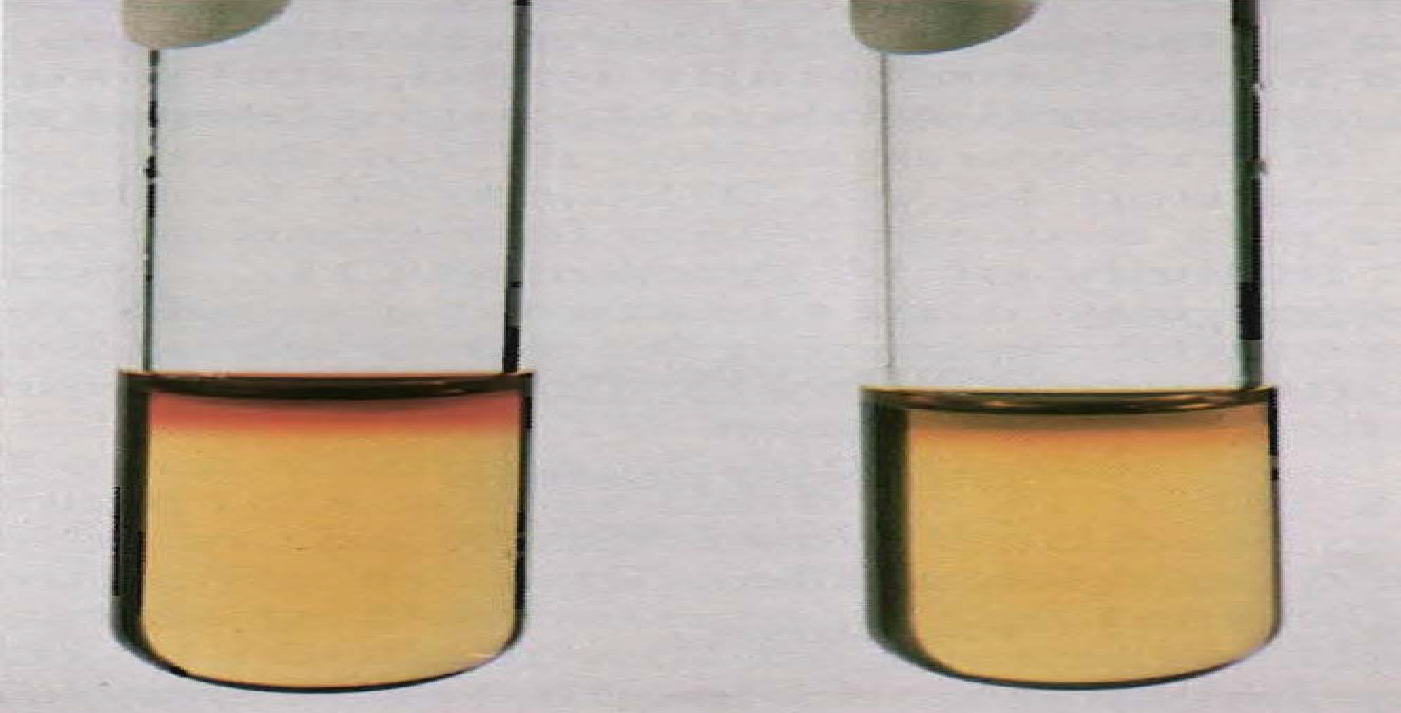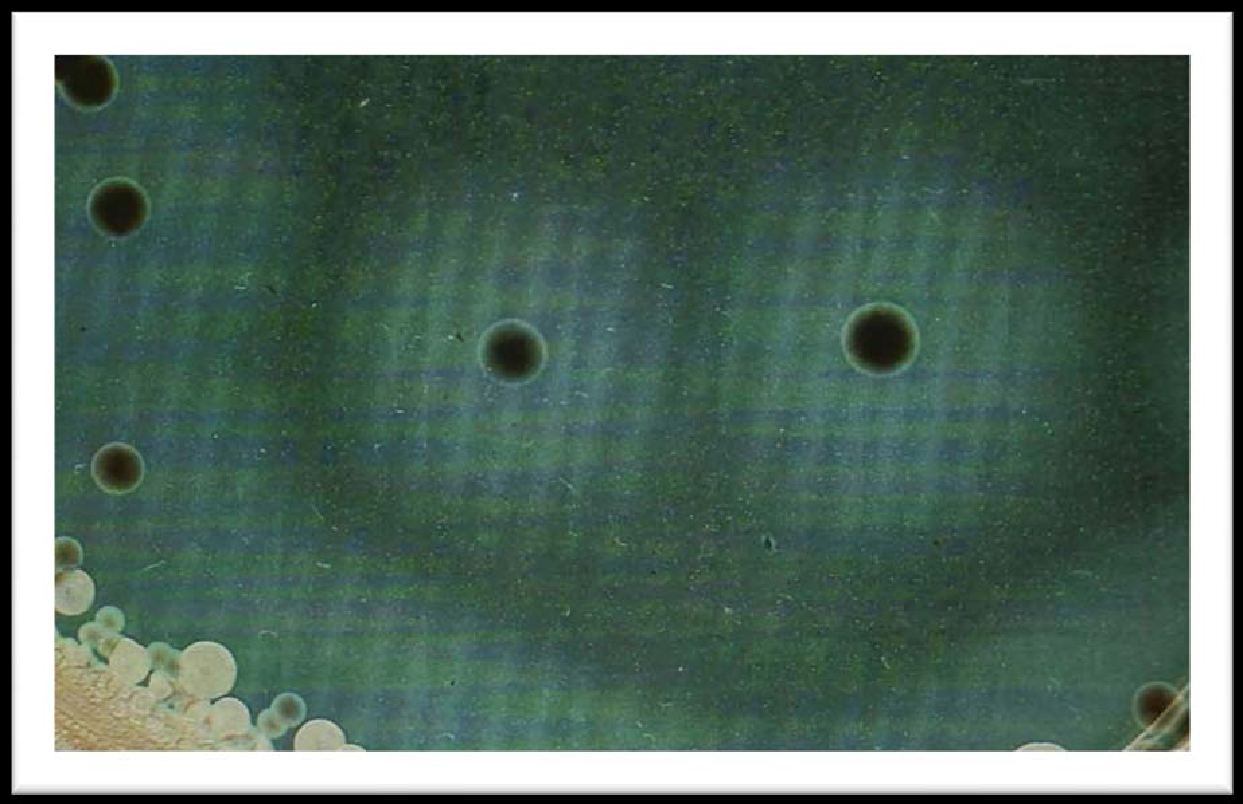Background Information
Vibrio cholerae is the causative bacterium of cholera, an acute form of the diarrheal disease that continues to plague mankind in developing countries as it is closely associated with low socioeconomic status (Ghose 2011; Akoachere, Masalla & Njom 2013). The microorganism is a gram-negative, rod-shaped bacterium naturally found in aquatic environments, with available literature demonstrating that infection with this organism causes profuse watery diarrhea, vomiting, and muscle cramps (Daniels & Shafaie 2000). Although Vibrio cholerae O1 is the primary causative bacterium of cholera, the toxigenic Vibrio cholerae O139 or the Bengal strain has also been recognized as another cause of cholera, hence its surveillance is recommended (Daniels & Shafaie 2000; Akoachere et al 2013).
Natural Host(s) and/or Environment
Although it is widely believed that Vibrio cholerae is a human pathogen, implying that human beings serve as the natural host, it has the capacity to persist and survive in the absence of a human host either as a free-living bacterium in natural aquatic environments (particularly in river mouths and estuaries) or in association with zooplankton (Akoachere et al 2013).
Methods for Detection and Isolation of the Organism
Although the most commonly used method for the detection of Vibrio cholerae entails undertaking a qualitative enrichment procedure of food or environmental samples, other quantitative procedures such as selective plating, non-selective plating and most probable number (MPN) may also be used though occasionally (Vibrio cholerae n.d.). Specifically, isolation techniques entail (1) enrichment in alkaline peptone water, (2) selective plating media including the use of thiosulfate citrate bile salts sucrose agar, taurocholate tellurite agar and MacKonkey, and (3) non-selective plating media including the use of gelatin agar and meat extract agar (Centers for Disease Control and Prevention n.d.).
Table 1 Important Highlights on Selective Plating Media for Vibrio cholerae.
Major Mode(s) of Transmission
The microorganism is transmitted to human beings through ingestion of contaminated food items and water, implying that transmission can be easily curtailed through the provision of clean water and sanitation (Ghose 2011). Daniels and Shafaie (2000, p. 667) note that “the most common sources of contamination include raw or undercooked shellfish, water, ice, rice, food and beverages from street vendors, and food left out at room temperature for several hours.”
Effective & Current Modes of Control
Some of the effective modes of controlling Vibrio cholerae include (1) water purification, (2) sterilization, (2) proper sanitation practices, (3) vaccination, (4) sari filtration, and (5) hygienic cooking practices (Ghose 2011; Alam et al 2014). Available literature demonstrates that antimicrobial agent polymyxin B is mostly used in laboratory settings to detect the various biotypes of Vibrio cholerae (Centers for Disease Prevention and Control n.d.). The Voges-Proskauer test is also commonly done in laboratory settings (as demonstrated in the figure below) to detect Vibrio cholerae as the microorganism generates acetoin (tube on the left).

Cost to Society
The presence of Vibrio cholerae in contaminated water or food items often trigger a sudden and explosive onset of cholera in the form of an outbreak or epidemic, resulting in high mortality and morbidity of populations living in disease-prone areas (Ghose 2011). Such a scenario occasions a tragic impact on the personal as well as social life of individuals in the affected areas, not to mention that enormous economic resources are wasted in lost work hours due to morbidity and medication costs. It is also a costly affair for governments to implement vaccination programs intended to eliminate cholera once an outbreak occurs, and also to improve water supplies and sanitation with the view to eradicating environmental reservoirs used by the microorganism (Alam et al 2014). Figure 2 below demonstrates the colonies of Vibrio cholerae on taurocholate tellurite gelatin agar (TTGA)

Reference List
Alam, MT, Weppelmann, TA, Weber, CD, Johnson, JA, Rashid, MH, Birch, CS…Ali, 2014, ‘Monitoring water sources for environmental reservoirs of toxigenic Vibrio cholerae 01, Haiti’, Emerging Infectious Diseases, vol. 20 no. 3, pp. 356-363.
Akoachere, JFTK, Masalla, TN & Njom, HA 2013, ‘Multi-drug resistant toxigenic Vibrio cholerae is persistent in water sources in New Bell-Douala, Cameroon’, BMC Infectious Diseases, vol. 13 no. 1, pp. 1-12.
Centers for Disease Control and Prevention n.d.,Laboratory methods for the diagnosis of Vibrio cholerae, Web.
Daniels, NA & Shafaie, 2000, ‘A review of pathogenic Vibrio infections for clinicians’, Infections in Medicine, vol. 17 no. 10, pp. 665-685.
Ghose, AC 2011, ‘Lessons from cholera and Vibrio cholera’, Indian Journal of Medical Research, vol. 133 no. 2, pp. 164-170.
Vibrio choleraen.d., Web.